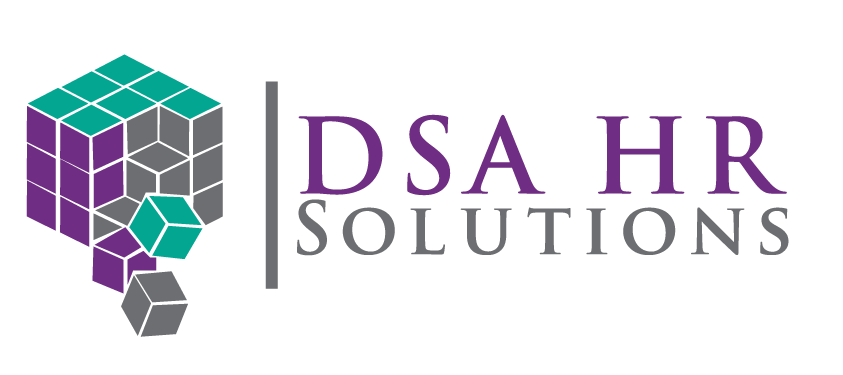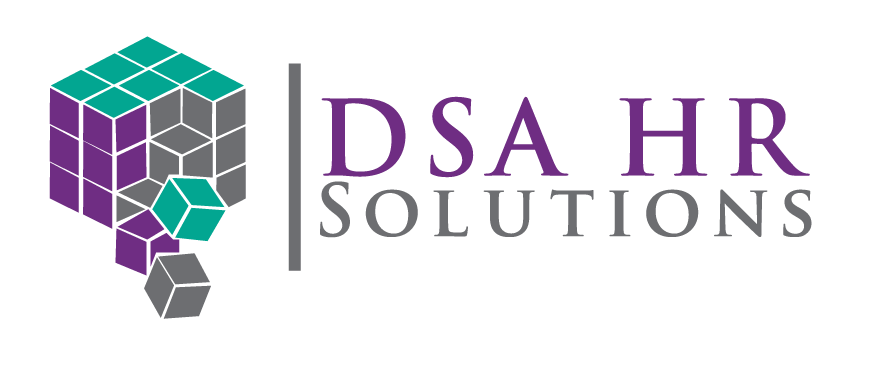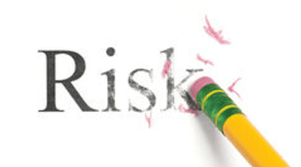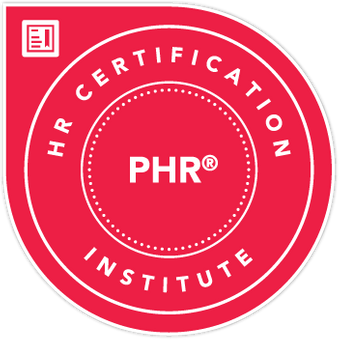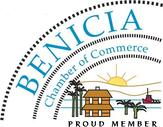1. Why do we need to document?
- As proof/evidence of an event or action taken.
- Provides a history of an employee’s performance,
- Serves as support for a manager to determine whether additional disciplinary action is necessary.
- Justifies employee’s salary, status, and promotions/demotions.
- Proper documentation demonstrates an employer is consistent and equitable in addressing issues or making employee changes.
- Lastly, if you ever end up in a deposition or court hearing due to the event or action and it was never written down, then it didn’t happen!
2. What should I document?
Document events, conversations, and meetings when the discussion is relevant and may impact an employee’s employment status. i.e. training meetings, warnings (verbal and non-verbal), employee requests from salary to schedule modifications, policy violations, complaints, basically ALL THE TIME.
3. What information should be included in documentation?
- Date – Date your document. If applicable, the date(s) of the event(s) in question.
- Name(s) of the individual(s) involved.
- Details – All statements should be objective, factual and as specific as possible. Avoid using ambiguous or unclear statements (always, never, failure). Instead of writing you are “always late” , write “During the month of June you arrived late to work five times.”
Keep in mind that when you use subjective words just one example can discredit your statement.
- Do not include your personal opinion on the matter. Remember you are only memorializing an event and/or action.
- Signature – Always sign the document. When applicable have the employee sign the document as an acknowledgement.
4. When to document? Document ASAP. The more time that elapses from the actual incident, tends to lessen the accuracy of your documentation. Typically due to yourself, the employee or witnesses to the incident forgetting the facts and then relying on just memory. Readers may become skeptical of the information when written days and/or weeks from the date of the event.
5. How should I document? Type or write a professional, legible, and neat document that should at least include the items listed under #3. Writing on a napkin, back of a receipt, and envelope are great for quick notes but definitely not acceptable forms of documentation. Remember you never know who may read this document.If your goal is to have an efficient and cohesive work environment then it is essential that we provide managers the tools necessary to effectively identify, address and document employee issues and concerns.
If you need assistance with proper documentation or any other HR matter please feel free to reach out to us at
info@dsahrsolutions.com or
(707) 361-5385.
